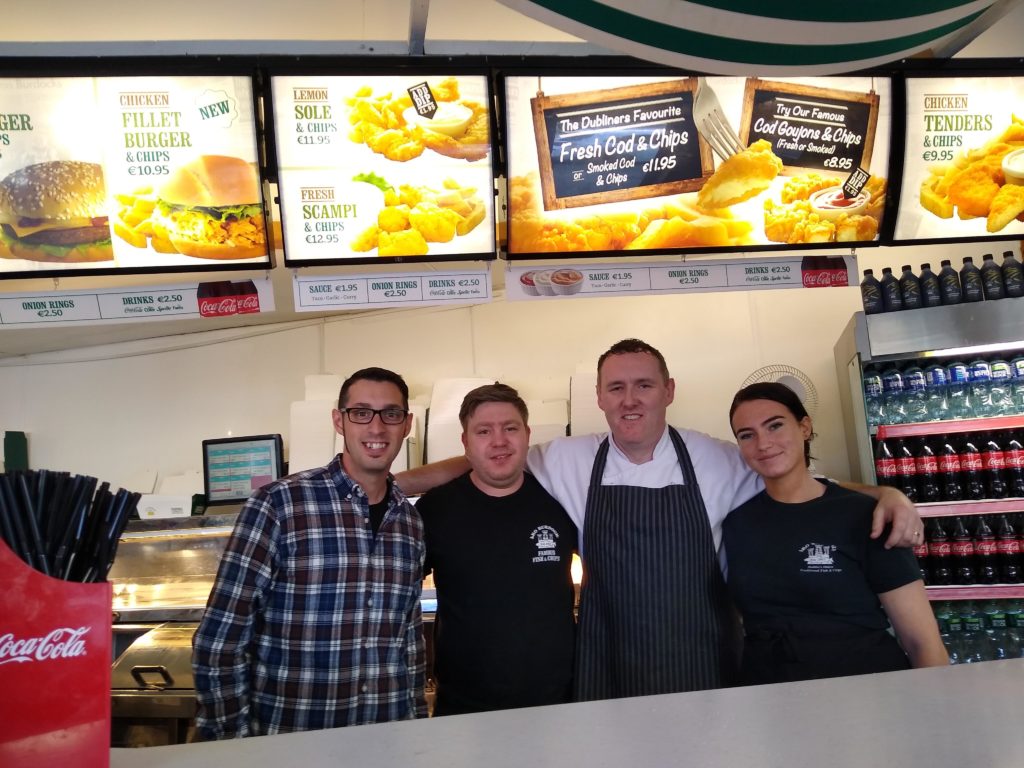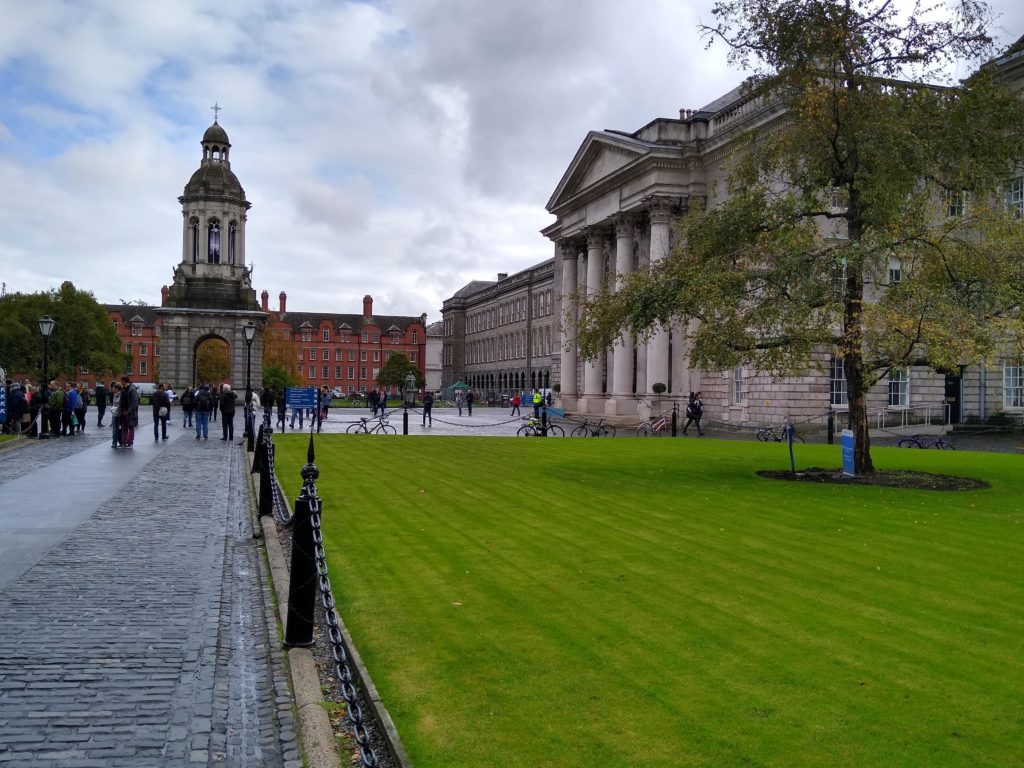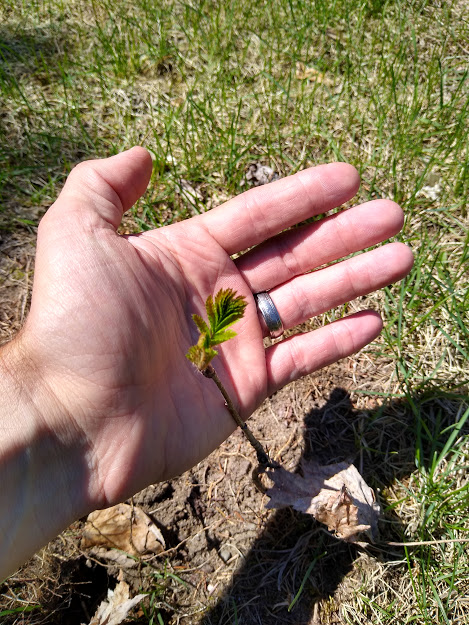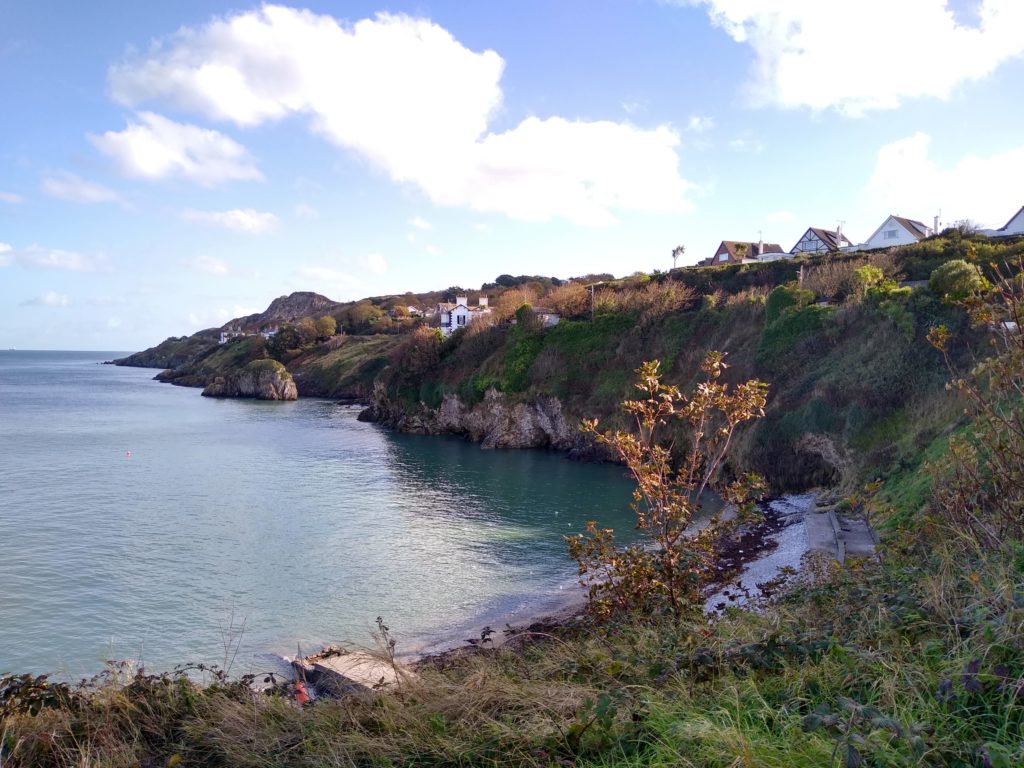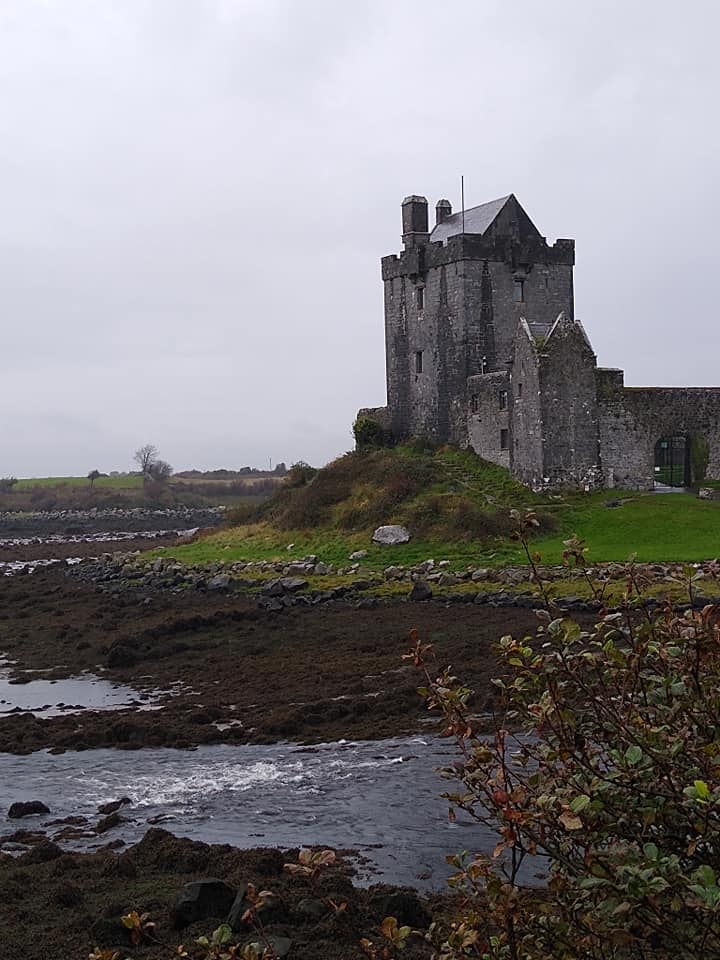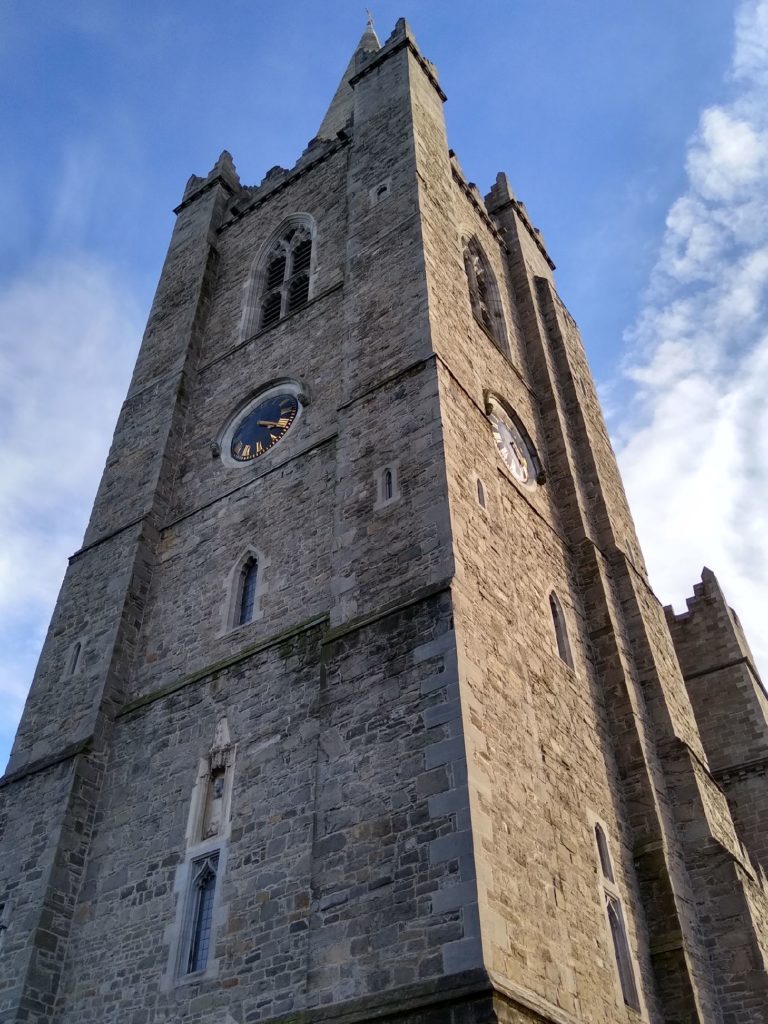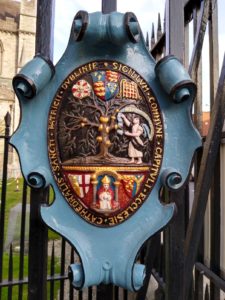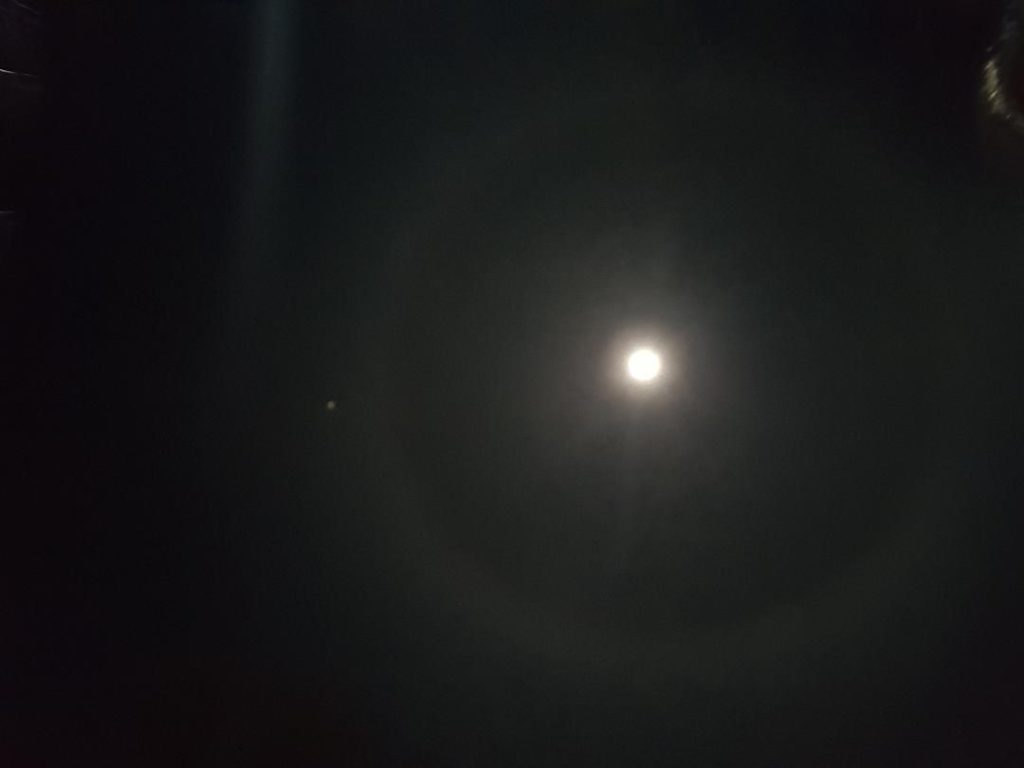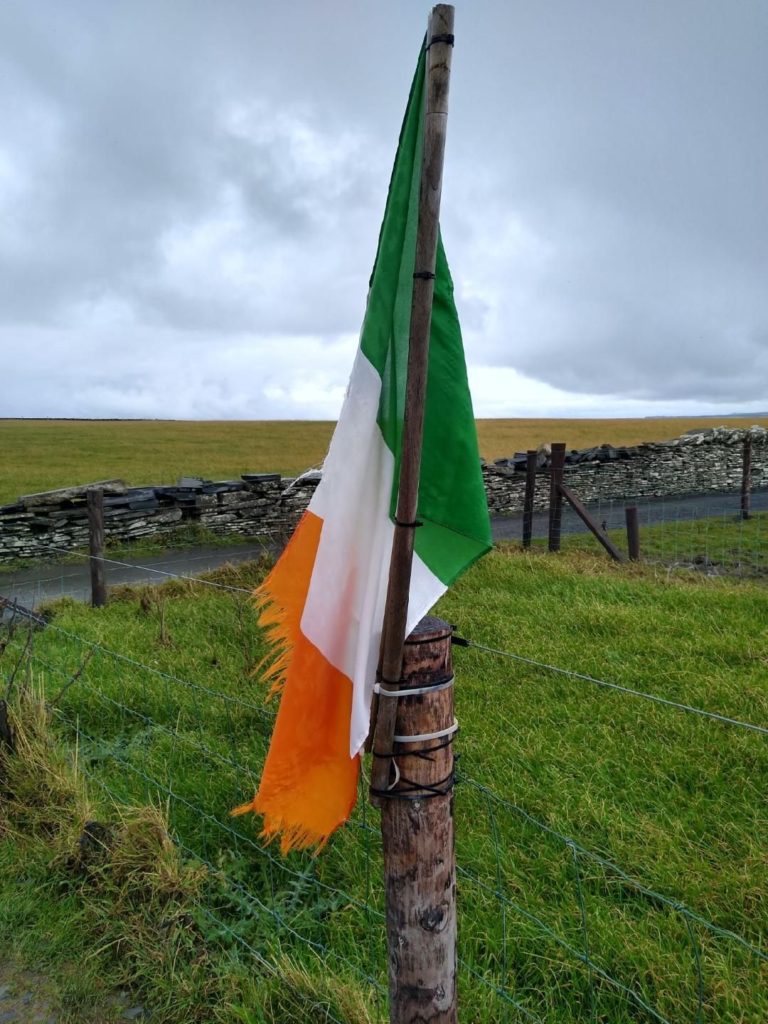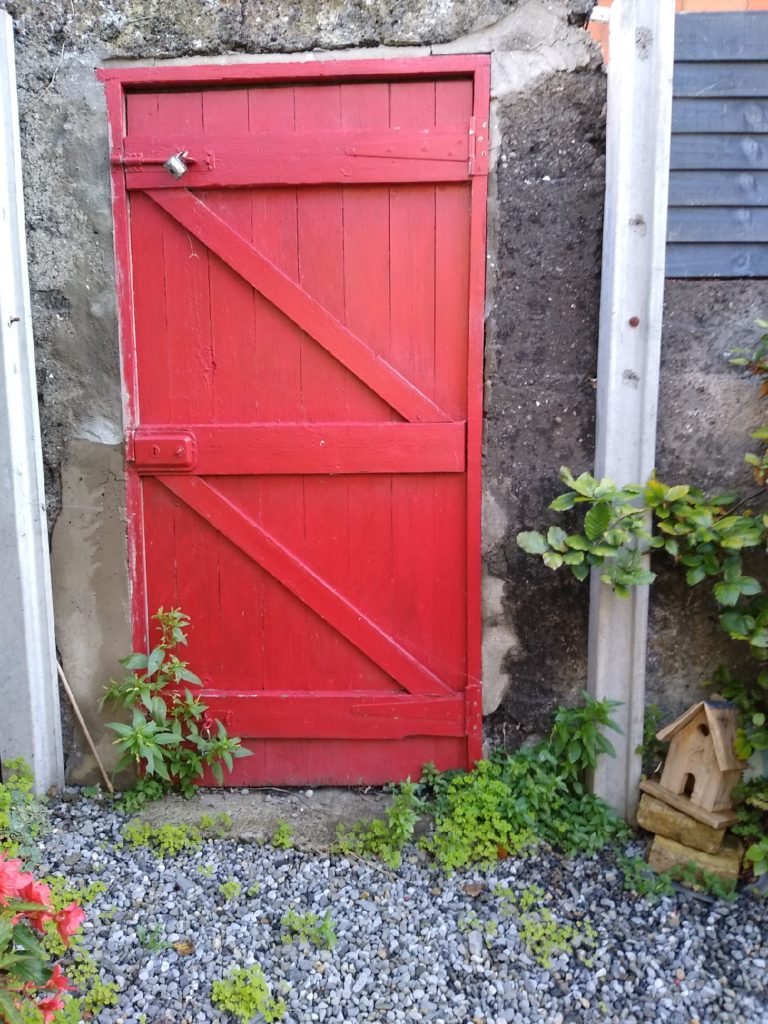Once a month, I will post a story from the year prior.
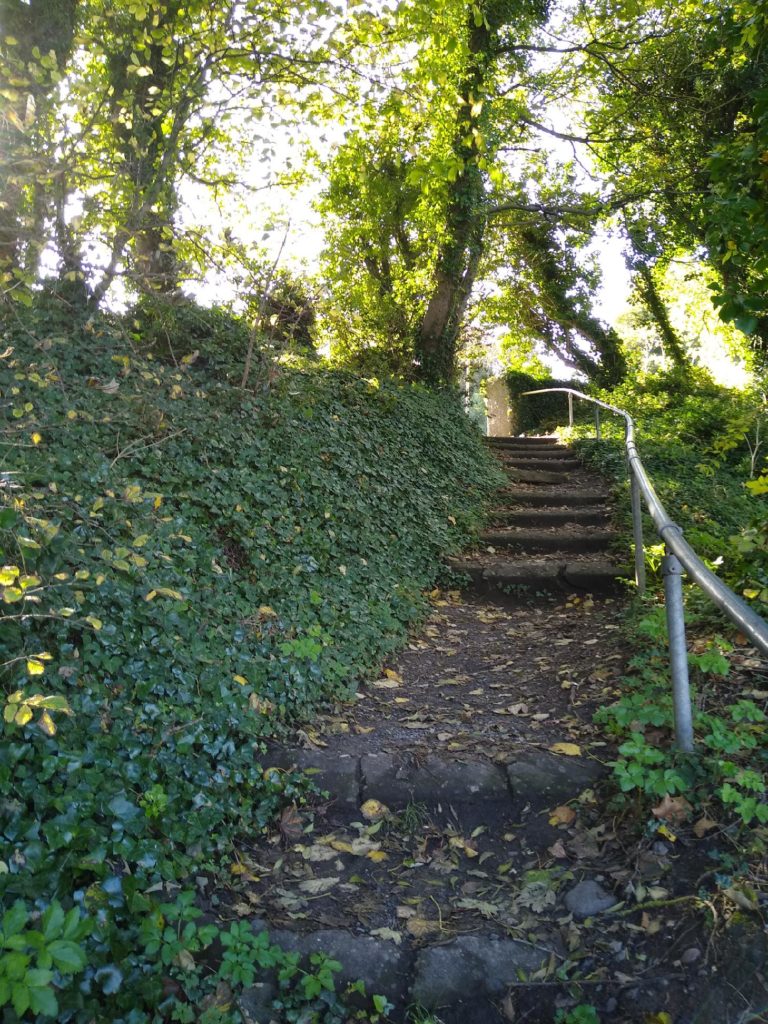
Travel Journal, 82
Our bus pulled into the city of Ennis in County Clare, Ireland. The only other person to get off the bus was a talkative, late middle-aged lady holding her purse close to her chest. She was apparently the second cousin of the bus driver. After chatting with him for an hour during transit, she disembarked the bus and we made our way to the front. We exchanged pleasantries with the driver and soon found out that the purse lady was not the only talkative one on that bus.
Most of my conversations with Irish people had started the same way.
“Where are you from?” they would ask.
And every time, in all of my vast intelligence, I would respond, “the United States.” In case the point is in question, it is very apparent that I am from the United States, especially when I open my mouth. Further, the Irish have a deep affinity for the USA. And the feeling is mutual. During an extraordinarily dark time in Irish history, the American people welcomed Irish refugees and immigrants with open arms. Ireland had been devastated with a crop-killing blight, sending the island into the Great Hunger. Millions died, and help was nowhere to be found. The Irish flocked to the far reaches of the world, but mostly to the United States. But the relationship has been very reciprocal. Without the Irish population, the Civil War could have ended far differently. Our roots go deep into Irish culture, and millions of Irish in Ireland have family here. It’s nearly symbiotic.
Our conversation continues. Soon, we become friendly. Names are exchanged.
Aedan drives commuter bus all over the southern par of the island. He tells us of his family in the USA. He smiles with pride. And I can’t help but draw similarities between our two countries. All I can think of is how many people are doing the same thing right now in my own country—excitedly telling somebody of a long-lost family in Ireland.
Aedan tells of watching American TV in the 70s and how he had never had a milkshake until his first trip to America. He goes on and on and it’s refreshing. Aedan marvels at the beauty of the Grand Canyon. And I express my marvel at his Emerald Isle. Perhaps there’s a lesson there. But maybe not.
Our two countries have shared roots and connections that reach far deeper than this. But it is a beautiful thing when those roots occasionally spring to the surface.
anthony forrest
